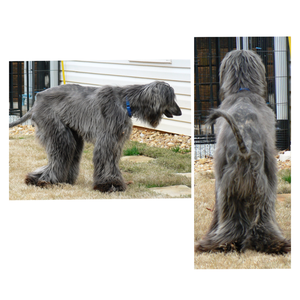Neuronal Ceroid Lipofuscinosis (NCL) is a group of inherited mammalian diseases characterized by abnormal accumulations of a metabolic byproduct known as lipofuscin in nerve cells and various organs of the body. The accumulation of lipofuscin eventually leads to progressive nerve cell dysfunction and severe neurological symptoms including behavioral changes, balance issues, muscle atrophy, uncoordinated movement, blindness, head tremors and seizures. Other organ systems can also be affected to various degrees depending on the severity of lipofuscin build up. Most dogs will die due the disease or are euthanized when neurologic problems progress to the point of preventing normal daily activities. While most types of NCL begin to cause clinical signs around 1 to 2 years of age in dogs, the age of onset and speed of progression vary significantly upon the type of NCL. Variable presentation and progression among NCL types is expected given that multiple genes can cause this clinical condition.
Unfortunately, details about disease incidence and prevalence within a breed are often difficult to obtain including NCL. Without going into an in-depth discussion about statistics, among other conditions, in order to estimate incidence and prevalence of disease for an entire population, individuals ...

